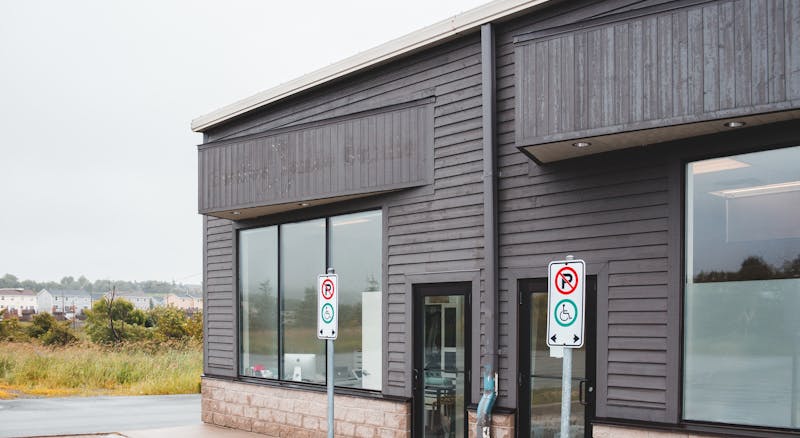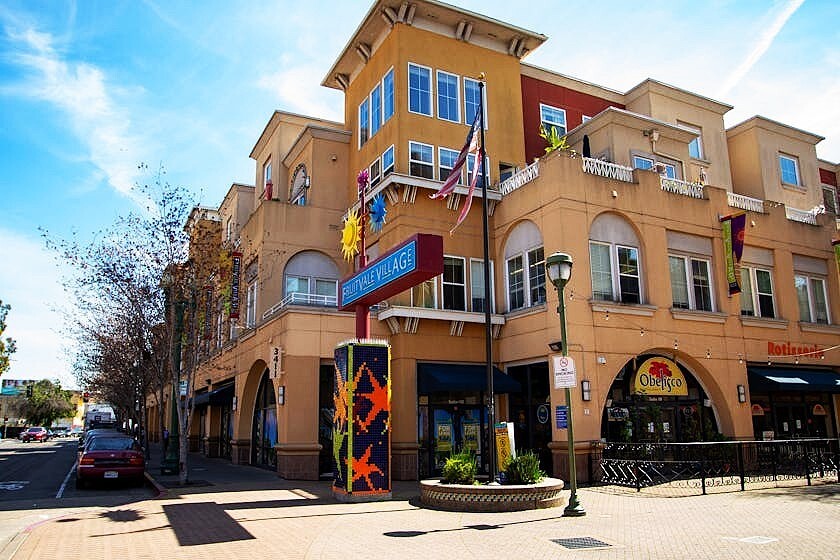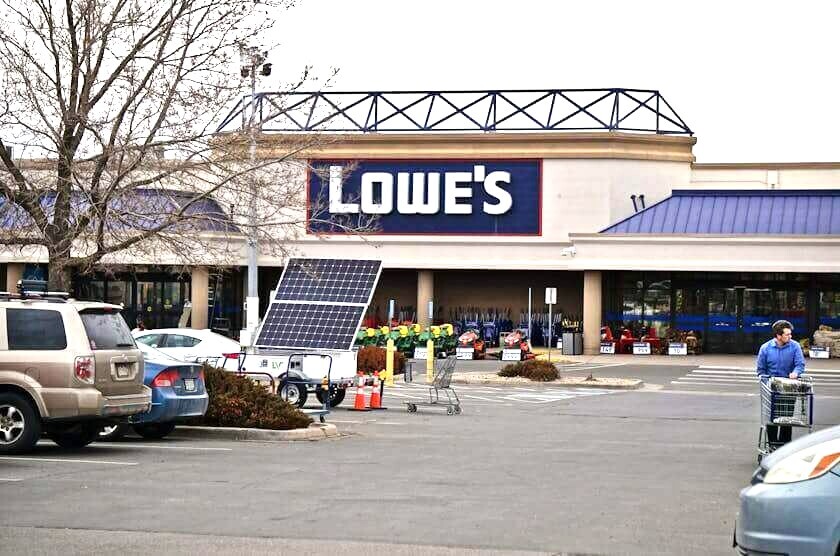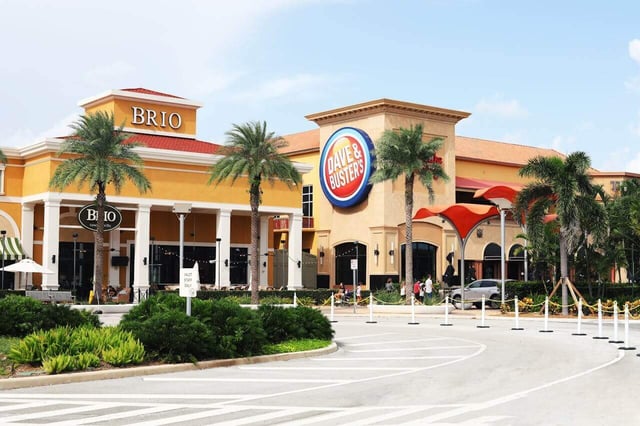7 Reasons Why HomeTowns Are The Most Promising CRE Market
August 4th, 2025
5 min read

HomeTown markets, or smaller underserved communities with fewer than about 100,000 residents, offer strong real estate opportunities. They provide loyal customer bases, less competition, lower entry costs, and steadier returns than major cities. Investors who partner with local leaders and support community needs can gain a lasting advantage.
Some of the most overlooked towns in America are quietly delivering some of the most dependable returns in retail real estate.
When we say “HomeTown market,” we’re not just referring to places with county fairs and Friday night football. In commercial real estate, the term refers to a subset of tertiary markets. These are communities that may fly under the radar, but punch above their weight in terms of economic opportunity and long-term performance.
These towns usually have fewer than 100,000 residents and are outside major urban areas. They often rely on regional hospitals, manufacturing, military bases, or universities. While lacking skyscrapers, they have strong community ties and a steady demand for essential retail products.
These markets may not be flashy, but they’re steady. And for investors focused on long-term growth and resilience over hype, that consistency is golden.
1. HomeTowns Run On Loyalty, Not Just Location
In big cities, brand loyalty is fragile. Shoppers are spoiled for choice, and the hottest store this month might be shuttered by the next.
But in HomeTowns, consumer loyalty isn’t built on novelty or flashy gimmicks; it’s built on relationships. A tenant who sponsors the local Little League team or shows up at the annual BBQ cook-off isn’t just advertising—they’re embedding themselves into the community fabric.
For example, a regional grocery chain that’s been around for decades in a HomeTown might outperform a national chain because it employs locals, supports school fundraisers, and knows its customer base by name. It’s not just a place to buy milk. Instead, it’s part of the community rhythm.
This kind of brand loyalty can’t be bought with marketing dollars. It’s cultivated through consistency and presence. And for investors, that often translates into stickier tenants, longer leases, and more predictable cash flows.
2. Less Competition Means More White Space
If you’ve ever tried to find retail space in a major metro area, you know the story: bidding wars, waitlists, and razor-thin margins. It’s a fast-paced, over-saturated market where retailers often compete for square footage rather than customers.
In contrast, HomeTowns often have untapped or underutilized retail zones. You’re more likely to find a vacancy that’s priced right, in a good location, with a community hungry for new retail options. National chains tend to overlook these markets, which gives independent or regional operators room to breathe and room to grow.
If big cities are Times Square (crowded, competitive, and loud), HomeTowns are more like a quiet street with a few open storefronts and an eager audience. This opens the door for creative leasing, first-mover advantages, and curated tenant mixes that directly serve community needs.
3. HomeTowns Are The Value Stocks Of CRE
In real estate, value isn't always where the spotlight shines. In metro markets, real estate is like a game of musical chairs. There are dozens of players and only so many viable locations. In HomeTowns, the music plays slower, and there’s still room to sit.
Because national brands tend to prioritize larger markets, HomeTowns often have:
- Fewer national QSRs and chain retailers
- Limited saturation of shopping centers
- Underserved demand for familiar brands
Cost Of Entry And Cap Rates
Additionally, the cost of entry is significantly lower. You can purchase a multi-tenant center in a HomeTown for the price of a single inline space in a Class A urban project. Tenant improvement budgets are more manageable, and construction costs are often lower thanks to simpler code requirements and less bureaucratic red tape.
What really sets these markets apart is their stronger cap rates. While a property in a core market might trade at a 4.5 percent cap, that same income stream in a HomeTown might offer an 8 percent return or more. That means greater yield and a faster path to positive cash flow.
4. Slower Growth, But Steadier Returns
It’s true that HomeTown markets won’t show up on lists of the fastest-growing metros. You won’t see overnight transformations or dramatic rent spikes. But what you do get is a stable, long-term outlook grounded in consistent tenant performance and lower volatility.
HomeTowns tend to be tortoises, not hares. Their growth isn’t explosive, but it’s reliable. And when downturns hit, they often experience a much softer landing.
Big cities attract high-reward tenants, but they also attract high turnover. When the market shifts or a trendy brand fizzles out, vacancies can hit hard. In HomeTowns, turnover is slower and often tied to life cycles—such as retirements, relocations, or family transitions—not market disruptions.
5. Local Involvement Isn't Just Welcome, It's Expected
In major markets, tenants and landlords are often faceless entities. Deals are transactional, and zoning approvals can take months or even years to obtain. But in a HomeTown, everything is personal.
In a big city, you might wait 18 months to get permitting approved for a new buildout. In a HomeTown, the mayor might personally attend your groundbreaking. That’s not just a perk. It’s a powerful market differentiator.
From local permitting officials to chamber of commerce leaders, the community takes an active interest in what happens in its commercial centers. Investors who show up, listen, and invest in the local culture are often rewarded with smoother project timelines and stronger public support.
When you’re part of the community, you are more than just a number; you are creating value for those around you.
6. HomeTown Demographics Offer Clarity Over Complexity
Big city demographics can feel like reading tea leaves. Between the turnover, migration trends, and shifting urban patterns, it’s hard to tell who lives where and for how long. In HomeTowns, demographics are refreshingly clear.
You are able to determine:
- Who your core shoppers are and where they live
- What retail and services they rely on
- How they spend, season after season
Families tend to stay longer, and generational patterns shape buying behavior. This predictability makes underwriting and tenant forecasting more straightforward. You’re less likely to be surprised by dramatic shifts in spending habits or neighborhood turnover.
Big cities are like unpredictable weather, with sunshine one moment and storms the next. HomeTowns are more like a steady climate where seasons change slowly and predictably. Easier modeling means lower risk. You can plan based on real patterns, not projections clouded by speculation.
7. Retail Centers In HomeTowns Serve More Than Just Shoppers
In major cities, retail spaces are often laser-focused on a single type of tenant or a specific kind of experience. But in HomeTowns, retail centers wear many hats. They’re shopping hubs, yes—but also community gathering spaces, entertainment venues, and public service anchors.
You might find a retail center that hosts the local DMV, an urgent care clinic, or even a satellite college campus. The same space that draws a lunchtime crowd might also serve as the staging area for the holiday parade or a weekend farmers’ market.
This functional flexibility adds resilience. When centers serve multiple purposes beyond shopping, they stay relevant longer and generate consistent foot traffic, even when retail trends shift.
That relevance is hard to replicate and even harder to lose. For investors, it provides a built-in hedge against market fluctuations or tenant turnover.
Why This Matters For Investors
For investors new to the commercial real estate sector, it’s natural to assume that success lives in the biggest and busiest markets. Bigger generally means better, and better usually means more money, right?
But when you take a closer look, HomeTown markets offer something equally valuable: durability, loyalty, and long-term upside that often hides behind more modest appearances. These communities may not grow as fast on paper, but their reliability makes them an attractive, lower-risk complement to any retail investment portfolio.
When retail centers are vital to a town's social and economic fabric, success relies on genuine relationships rather than fleeting trends. HomeTown markets value trust, consistency, and thoughtful leasing over quick gains, leading to stronger tenant loyalty and long-term returns.
These aren’t fallback options, but smart, strategic choices for those ready to create long-term value in places where community and consistency matter.
Learn More With Our Additional Resources
If you're ready to explore more about retail real estate investing, the RockStep Capital Learning Center is designed to guide you every step of the way. With articles tailored for new and emerging investors, it offers expert-backed insights in a clear and approachable format.
If you prefer video content, feel free to check out our YouTube channel, The Shopping Center Channel, where Founder and President Andy Weiner breaks down essential concepts, vocabulary, and shares a behind-the-scenes look at different aspects of how RockStep operates.
Topics:


























